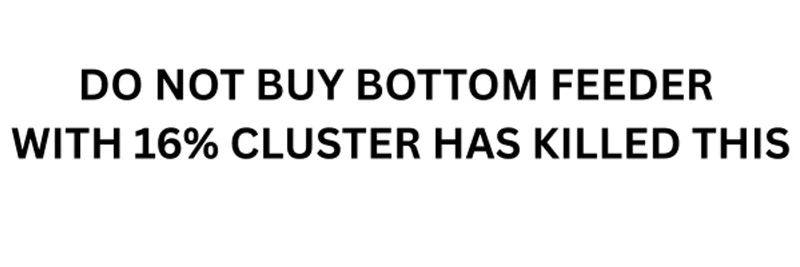Hey folks, if you're deep into the world of meme coins on Solana, you've probably felt the thrill—and sometimes the frustration—of trading on one of the fastest blockchains out there. Today, Solana co-founder Anatoly Yakovenko (better known as Toly) dropped a tweet that's got the tech side of the community buzzing. In his post, Toly emphasizes the need for both Firedancer (Fd) and Agave—two key validator clients—to support plug-in runtimes. This would allow multiple execution clients to run seamlessly with Alpenglow, Solana's massive upcoming consensus upgrade.
Let's break this down in simple terms, especially if you're more into pumping meme tokens than digging into code. Validator clients are basically the software that nodes use to process transactions and keep the network running smoothly. Right now, Solana relies heavily on Agave, which is developed by Anza (a spin-off from Solana Labs). But having just one main client can be risky—if there's a bug, the whole network could grind to a halt, like we've seen in past outages.
That's where Firedancer comes in. Built by Jump Crypto, Firedancer is an independent, high-performance client designed to handle up to a million transactions per second (TPS). It's all about making Solana faster and more robust. Toly's call for plug-in runtimes means creating a modular system where different execution environments (think of them as engines for running smart contracts) can plug into these clients easily. This setup would support "2 network stacks and N execution clients," meaning more diversity and flexibility.
What is Alpenglow and Why Does It Matter?
Alpenglow is Solana's biggest protocol upgrade yet, aimed at slashing transaction finality times by up to 100x—from seconds to mere milliseconds. Finality is when a transaction is locked in and can't be reversed, which is crucial for high-speed trading in meme coins. According to sources like Helius and Cointelegraph, this upgrade rewrites the consensus mechanism to make the network real-time ready, boosting security and performance.
By integrating plug-in runtimes into both Firedancer and Agave, Solana could run multiple clients side-by-side with Alpenglow. This client diversity is a game-changer for decentralization—it reduces the risk of network-wide failures and makes Solana more resilient against attacks or bugs.
Implications for Meme Coin Enthusiasts
Now, how does this tech talk translate to your meme portfolio? Solana is already the go-to chain for meme tokens thanks to its low fees and speed, powering hits like Dogwifhat or Bonk. But outages and slowdowns have been pain points, scaring off traders during hype cycles.
With Alpenglow and multi-client support, expect:
- Blazing Fast Trades: Millisecond finality means you can snipe launches or exit positions without waiting, reducing the chances of getting rekt by volatility.
- Fewer Downtimes: More clients mean bugs in one won't crash everything, keeping the pump alive longer.
- Easier Forks and Innovations: The quoted tweet from @cavemanloverboy mentions "farming future airdrops from projects that fork fd." Forks of Firedancer could lead to new chains or layers, potentially dropping airdrops to early contributors—something meme hunters love.
This push aligns with Solana's roadmap to become the ultimate high-throughput blockchain, perfect for the chaotic, fun world of memes.
Wrapping It Up
Toly's tweet is a nod to the ongoing evolution of Solana, making it stronger for everyone from devs to degenerate traders. If you're building or trading meme tokens, keep an eye on these upgrades—they could supercharge the ecosystem. For more deep dives into how blockchain tech impacts meme coins, stick around at Meme Insider. What's your take on Solana's future? Drop a comment below!




